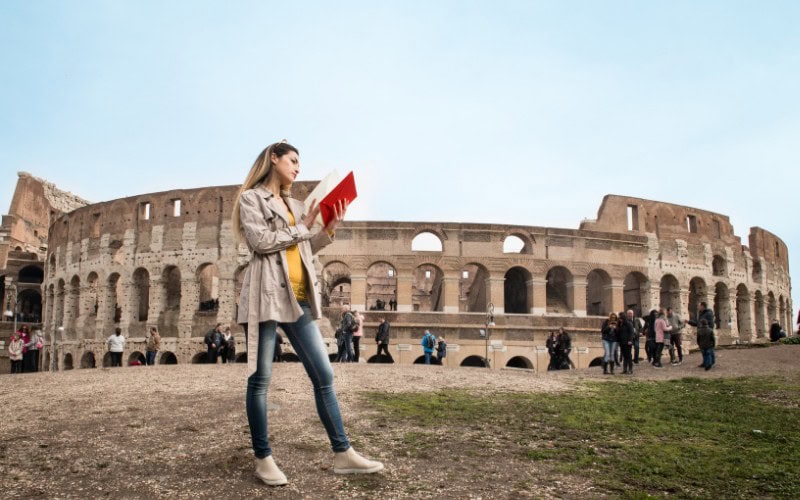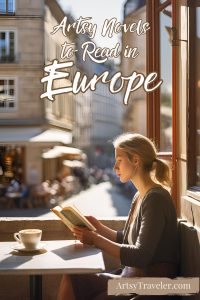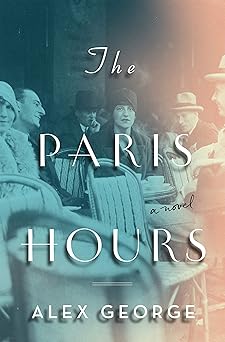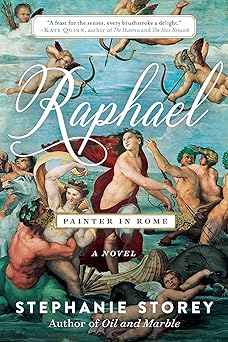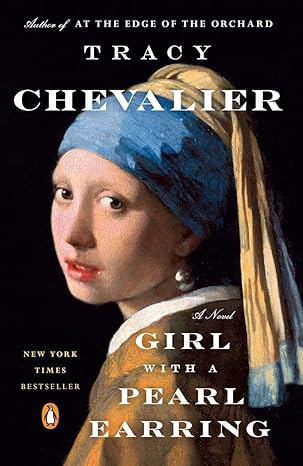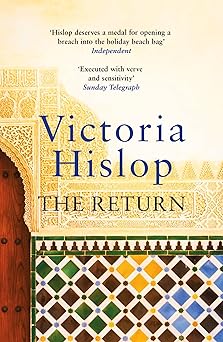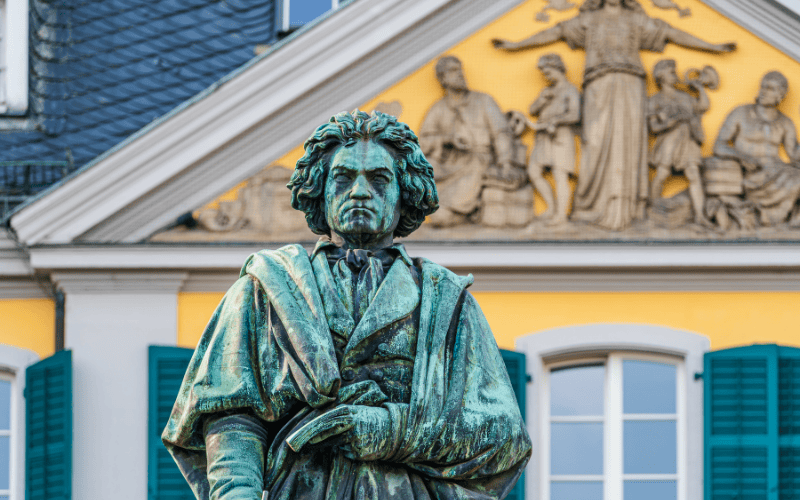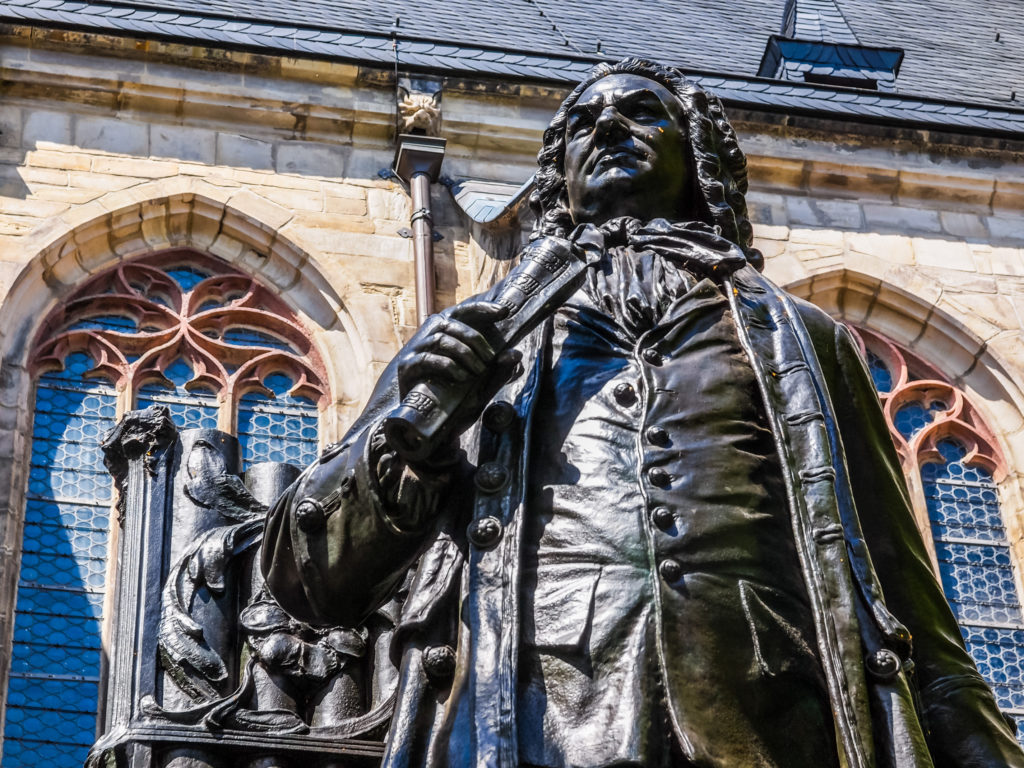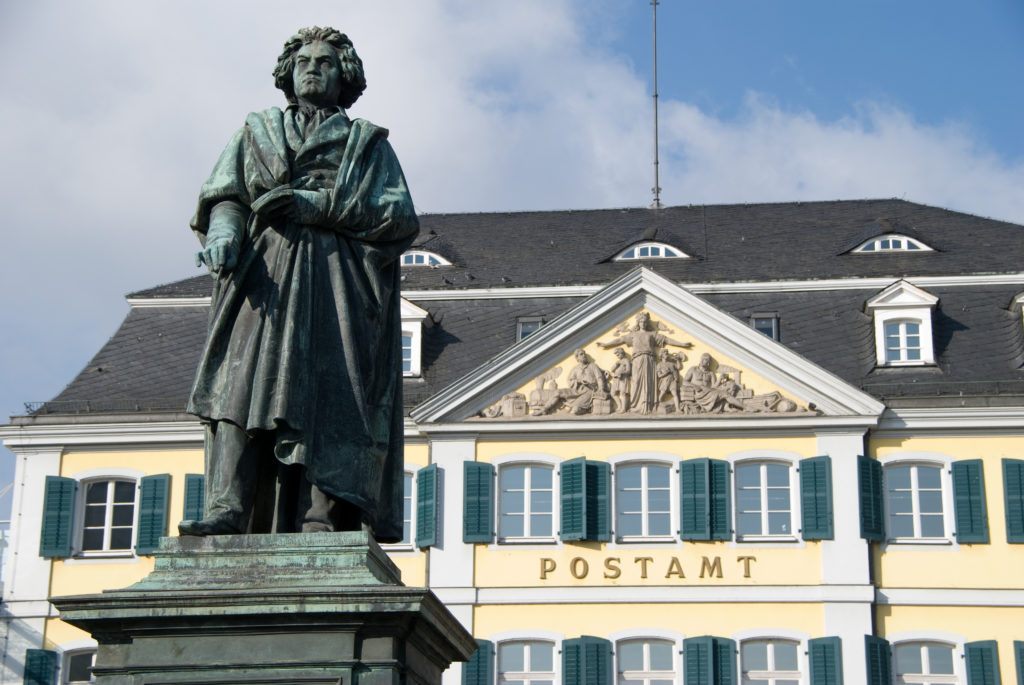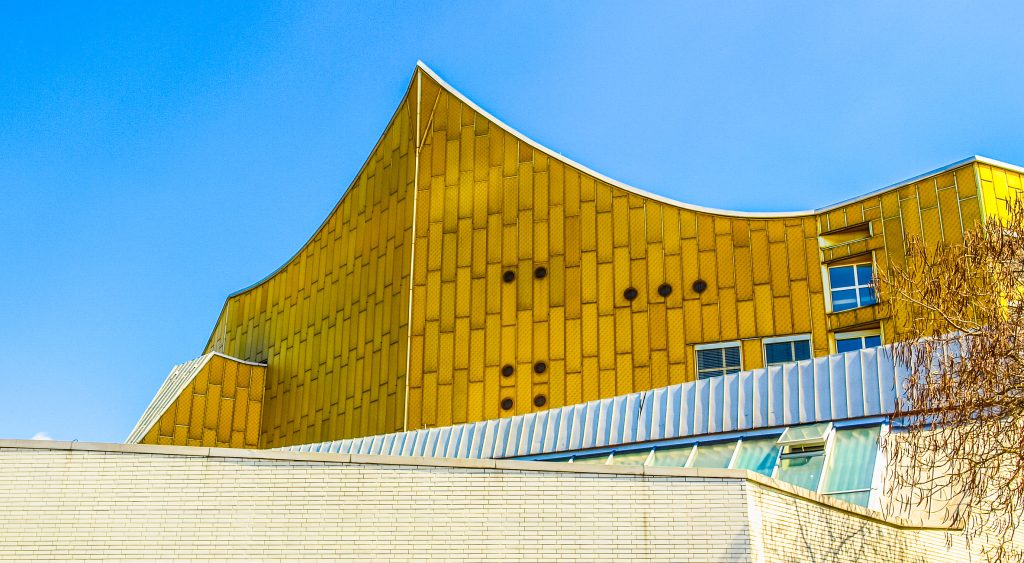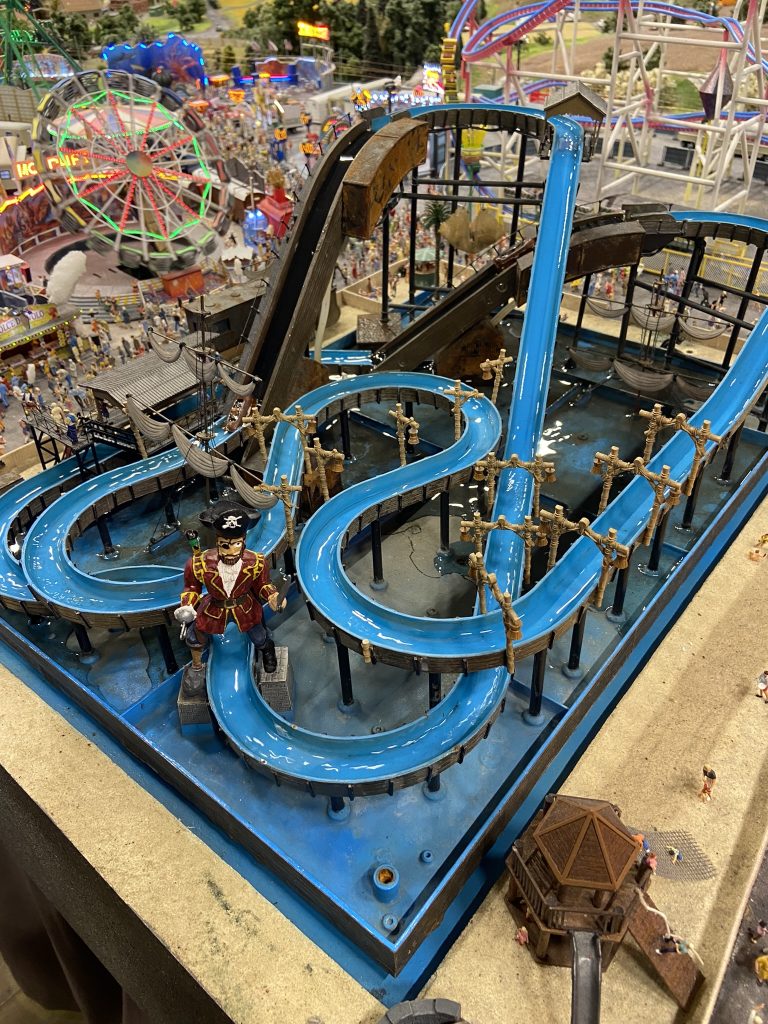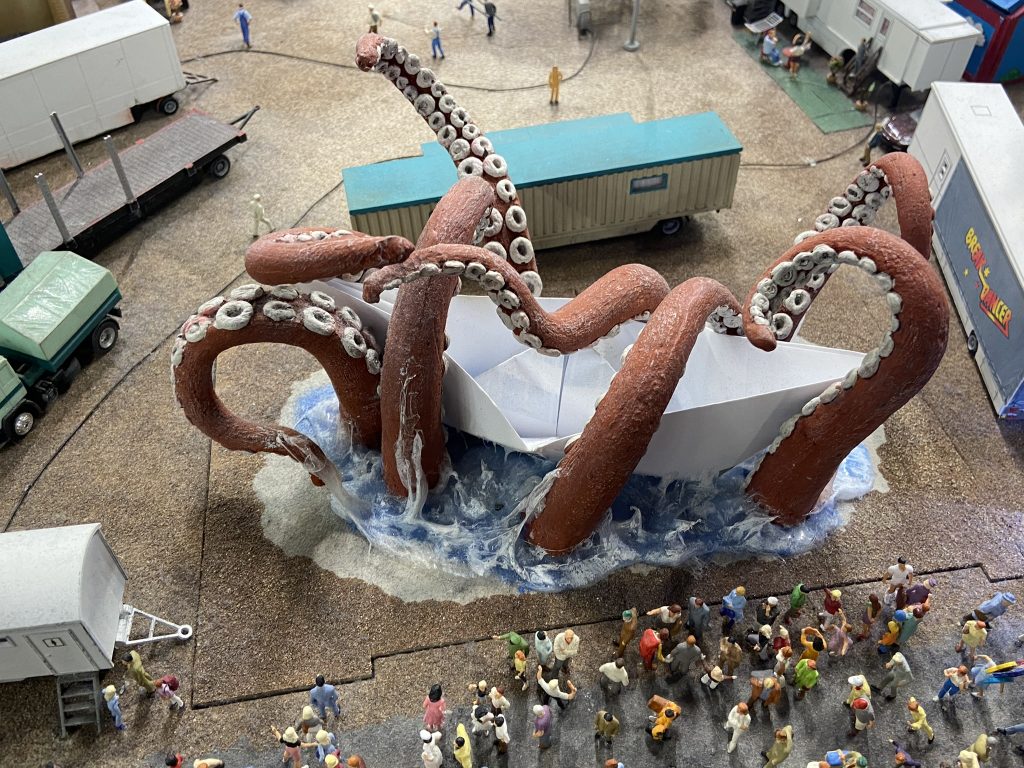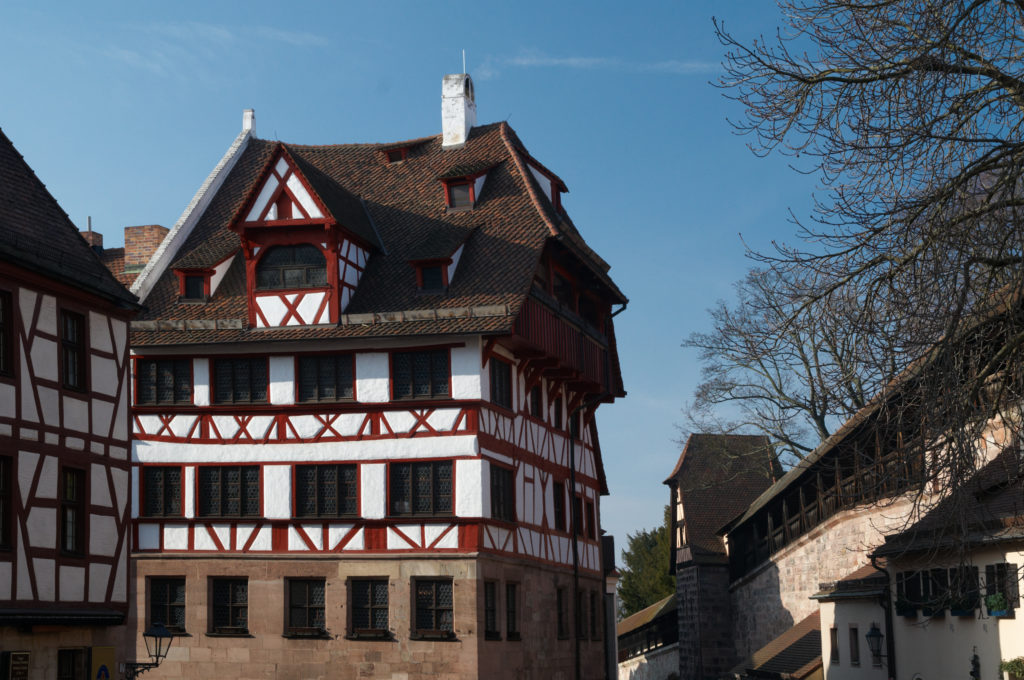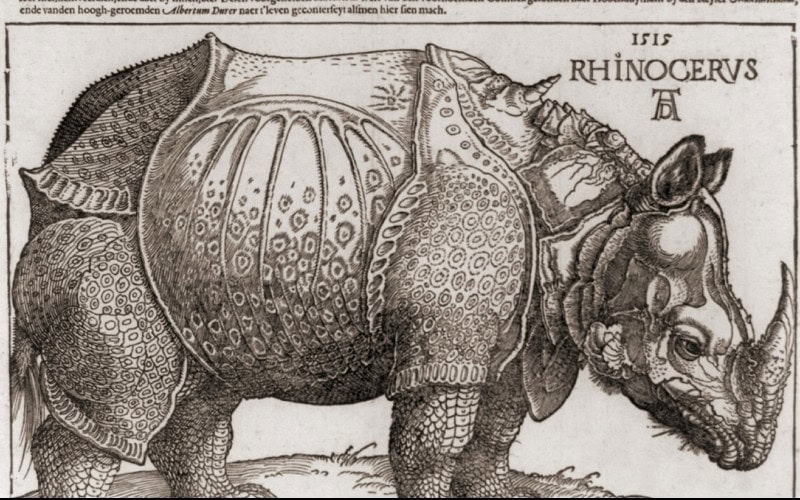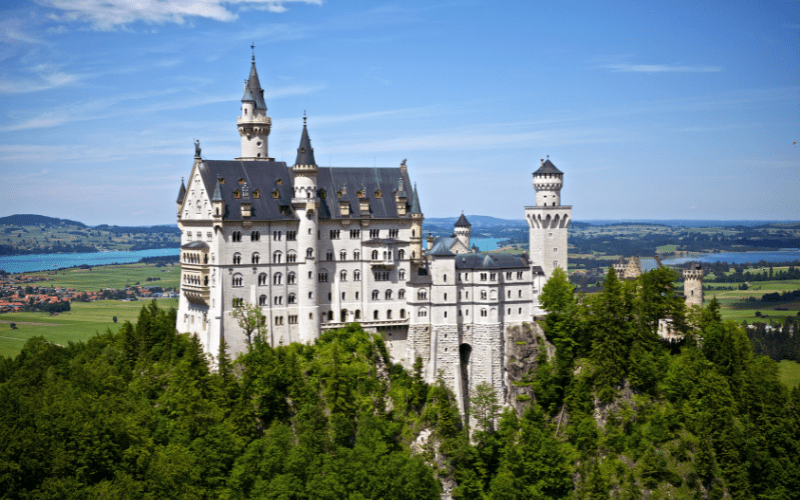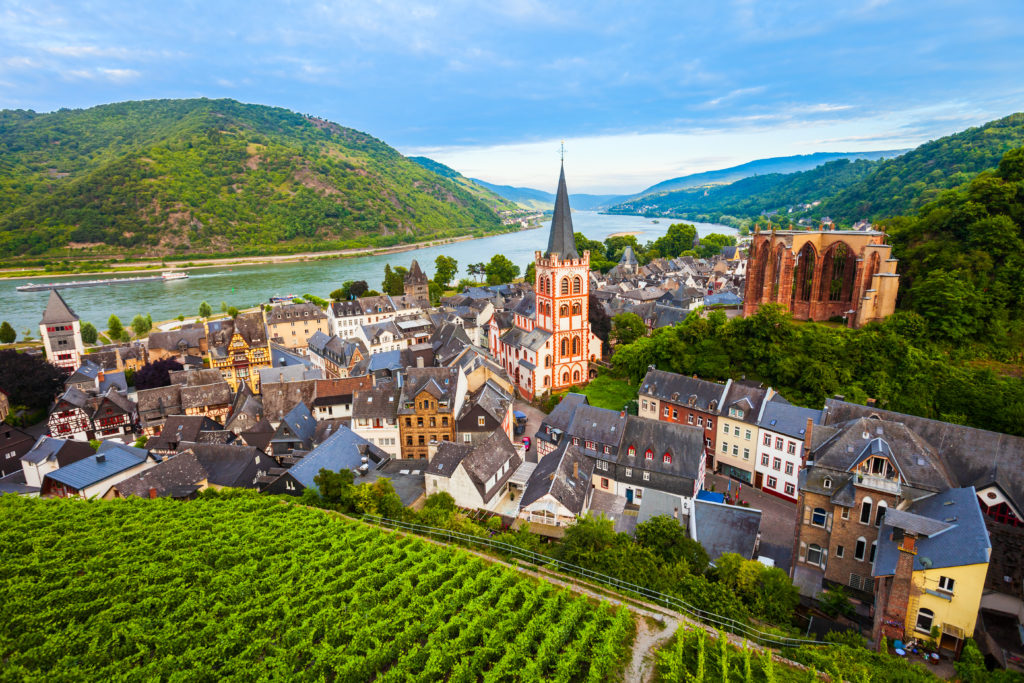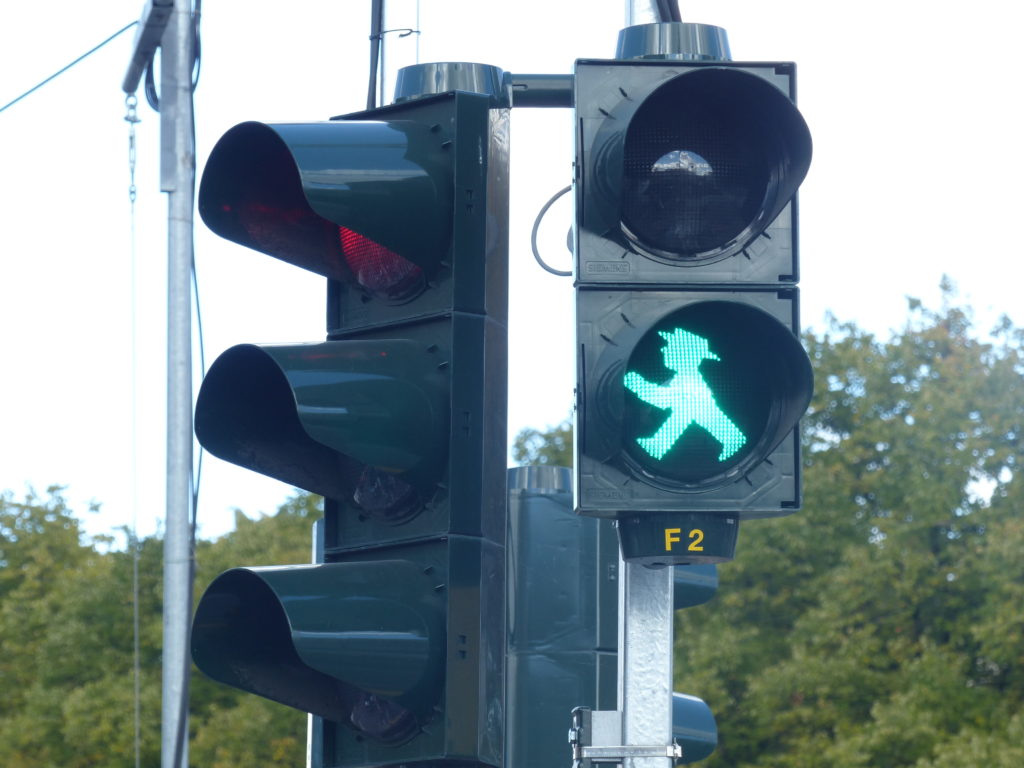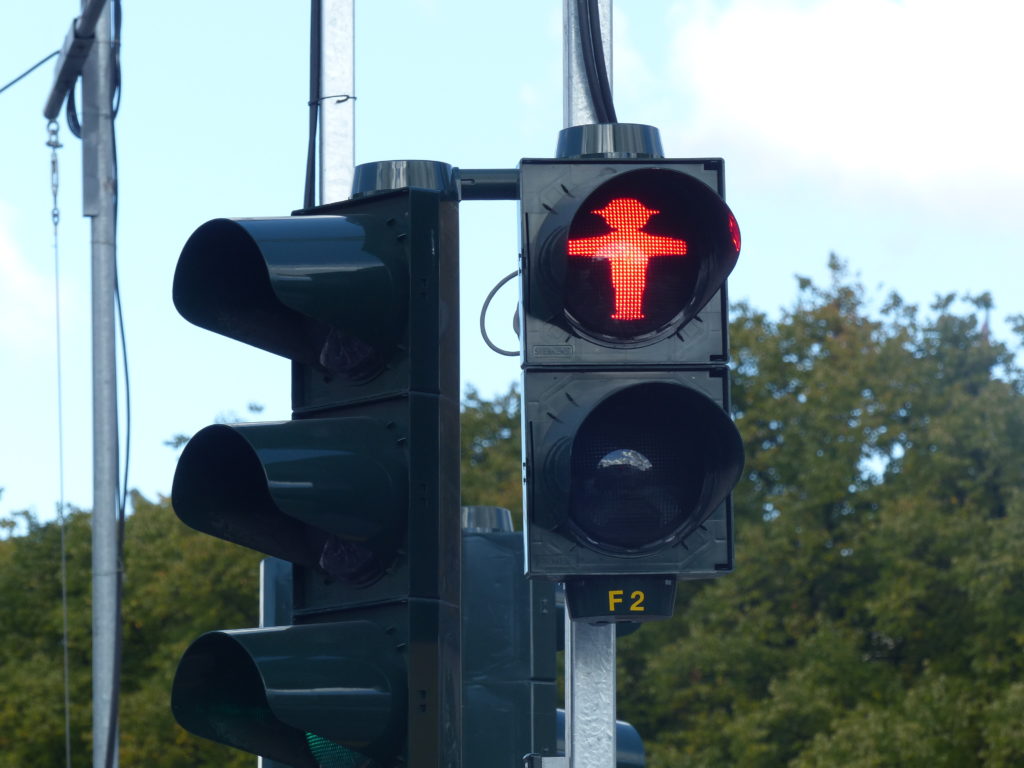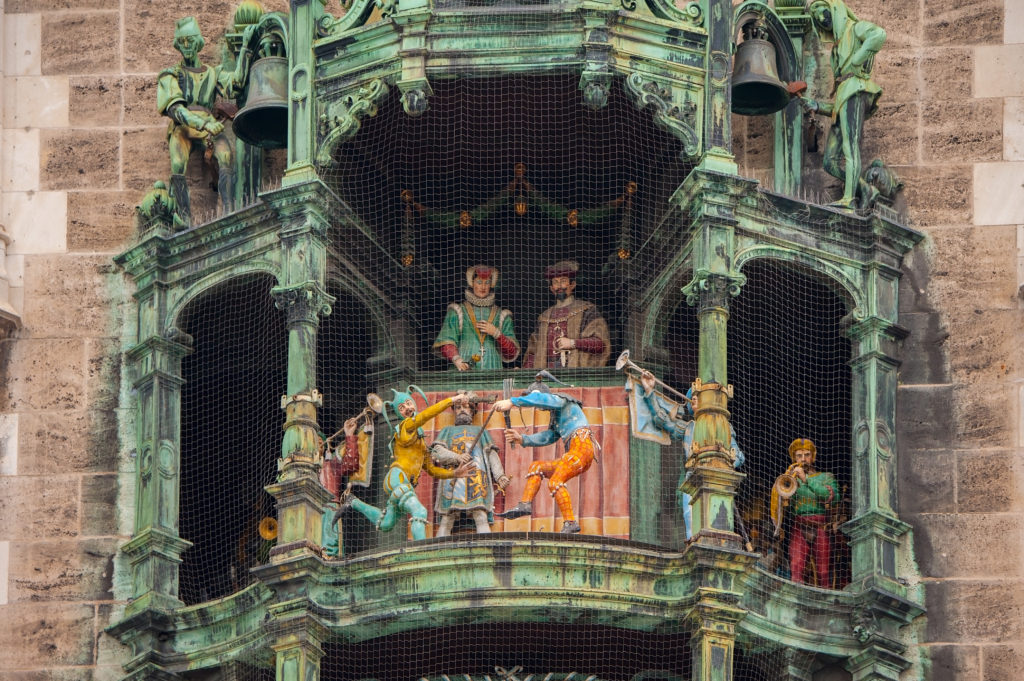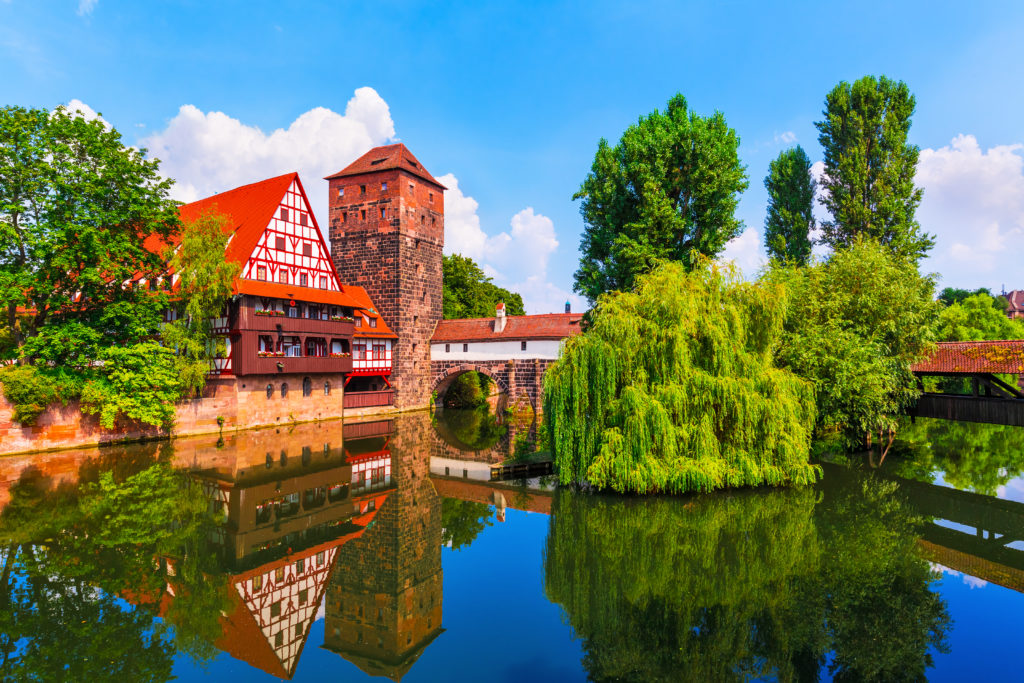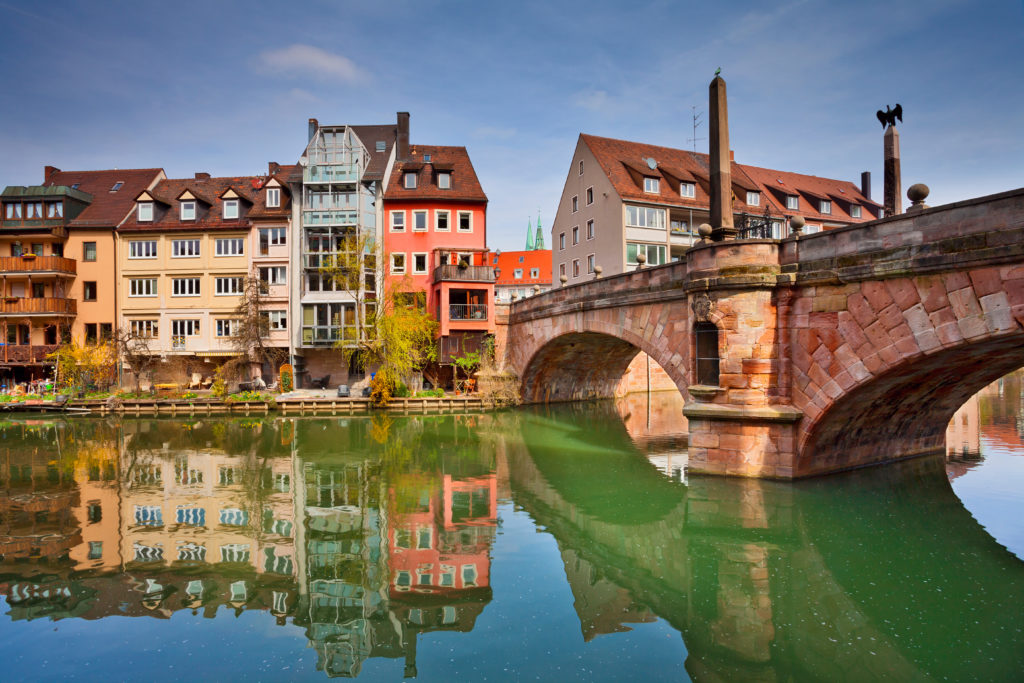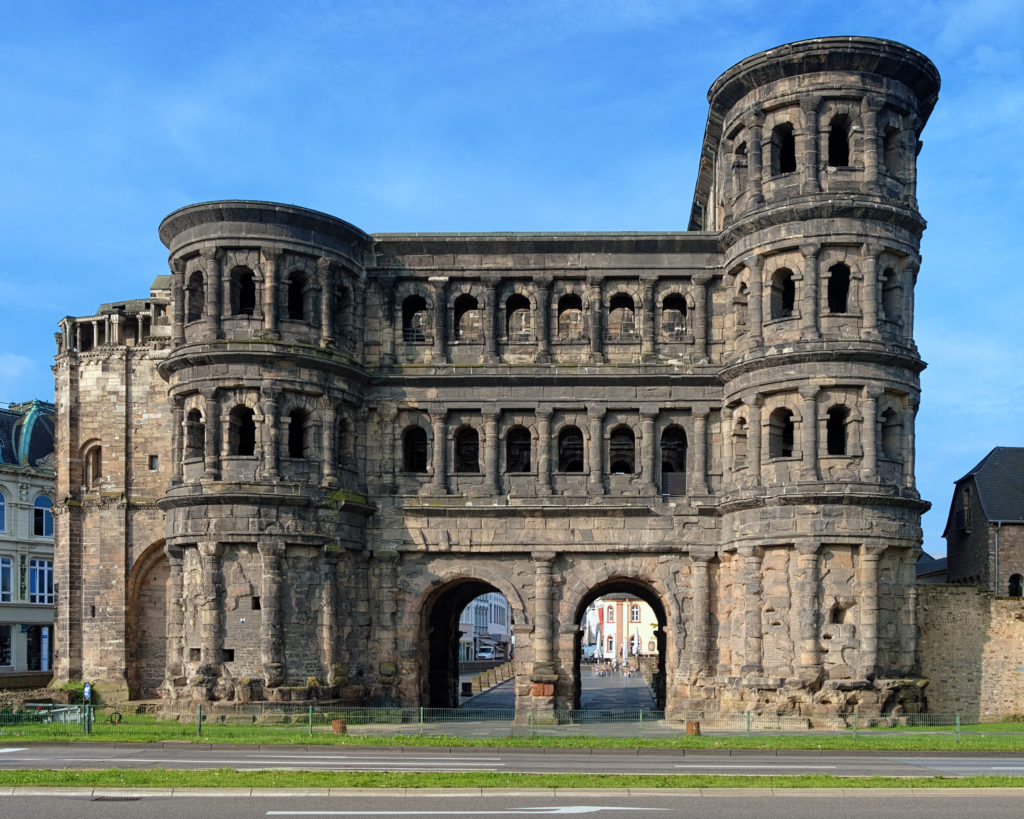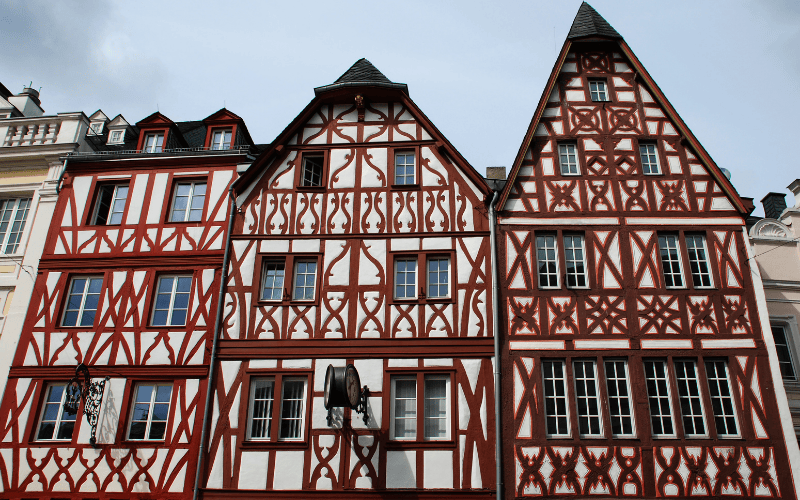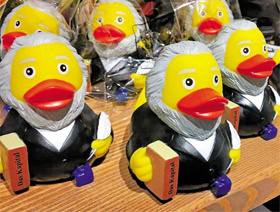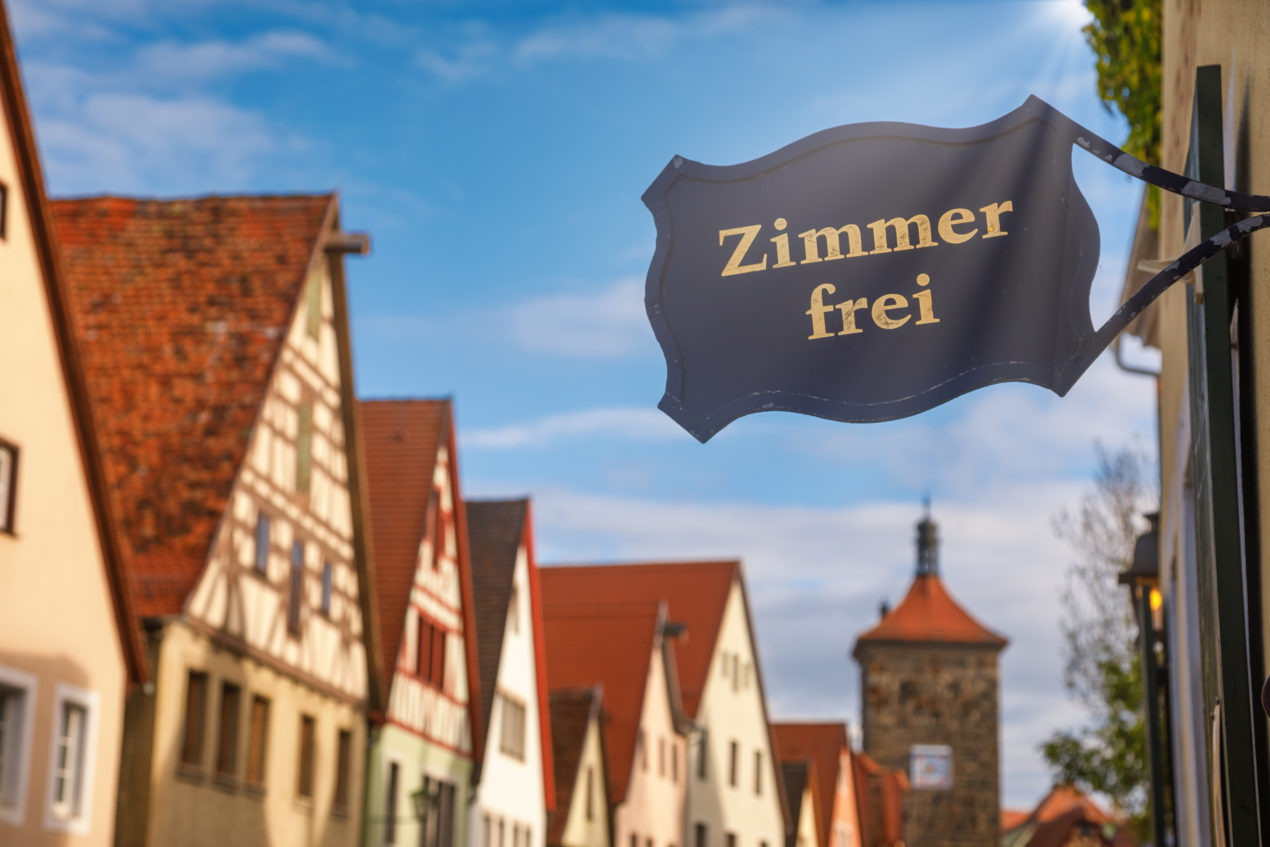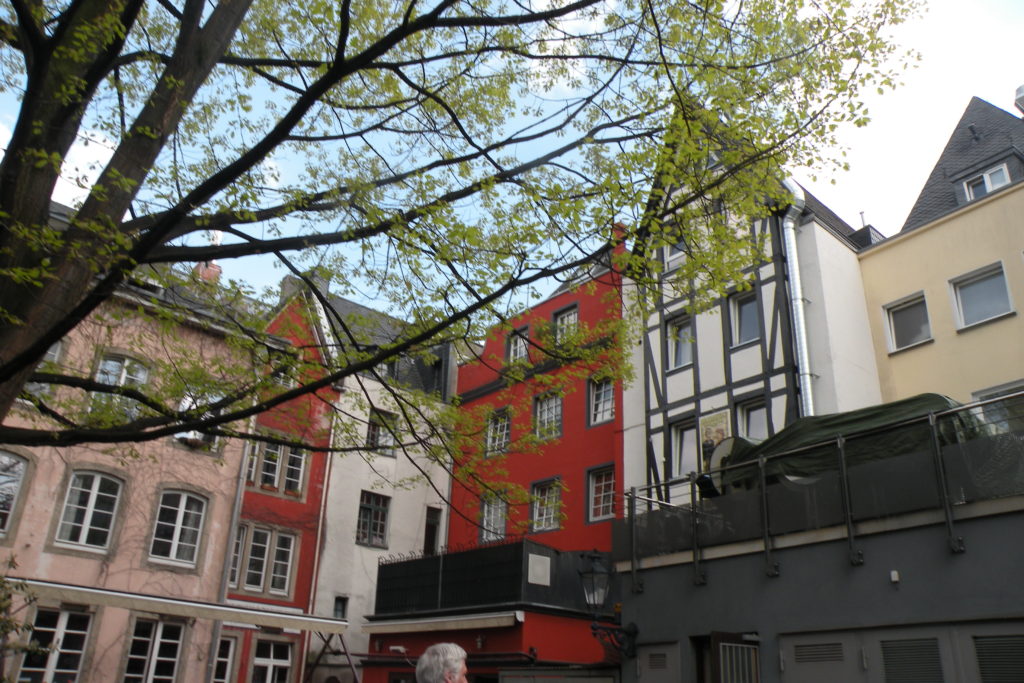Top Ten Artsy Novels to Read in Europe
Do you enjoy reading novels set in the places you are traveling to? I know I do. I love curling up at the end of a long day of sightseeing and reading a novel that helps me revisit the places I’ve seen.
I’ve chosen my top ten novels based on two criteria. First, the novel needs to evoke a sense of the place in which it was set, and second, it needs to relate in some way to the arts. You’re sure to find some new-to-you reads to take along on your next trip, or even to stay at home with.
England
Entertaining Mr Pepys by Deborah Swift
Entertaining Mr Pepys is the third novel in Deborah Swift’s “Women of Pepys’ Diary” series. All three novels are worth taking along if you are spending time in London and want a fascinating glimpse of what life was like in the 1660s. Famed diarist Samuel Pepys is at the center of this and the first two novels (Pleasing Mr Pepys and A Plague on Mr Pepys), each following a different woman who knew Samuel and was mentioned in his diary. In Entertaining Mr Pepys, the actress Elizabeth (Bird) Carpenter takes center stage as she navigates the world of the theater when women were finally allowed on stage as actresses. If you enjoy impeccably researched historical novels with plenty of intrigue, then the “Women of Pepys’ Diary” series is for you.
The Lost Book of the Grail by Charlie Lovett
While traveling in England, plan on touring some of its awesome cathedrals (don’t miss York Minster, Salisbury Cathedral, and Durham Cathedral to name just three of my faves!) and then settle down with The Lost Book of the Grail. The setting is an ancient cathedral in the fictional town of Barchester. Flashback chapters open with succinct descriptions of cathedral areas such as cloisters, the nave, chapels, and more that I found fascinating. Through a series of clever flashbacks, you navigate the history of the cathedral from its founding by a martyred saint through the Norman invasion, Reformation, Civil War, Victorian era, World War II, and modern times. The plot’s twists and turns provide enough mystery to make the denouement both surprising and satisfying.
France
Drawing Lessons by Patricia Sands
Are you taking a trip to Provence? Then pack or download a copy of Drawing Lessons, a delicious novel set in Arles that follows a woman’s quest to redefine herself after the death of her husband. Patricia Sands evokes the sensuous delights of Provence so beautifully that you’ll feel like you are there. And if, indeed, you are there, you’ll have the sights and smells that surround you confirmed in the story.
The Paris Hours by Alex George
This is the novel to read when you’re spending time in Paris. The Paris Hours tells the stories of four “ordinary” people during one day in Paris in 1927. Along the way, they encounter an extraordinary panoply of luminaries including Hemingway, Proust, Picasso, Gertrude Stein, Ravel, Josephine Baker, and even Sylvia Beach, the proprietor of Paris’s most famous English bookstore, Shakespeare & Company. Alex George brings the ambience, and the people, of Paris to life as he takes readers through streets and parks they can still walk through today. Surprises and twists abound in one of the most cleverly plotted and exquisitely written novels I’ve read in a long while.
Germany
And After the Fire by Lauren Belfer
I am a huge fan of the music of Johann Sebastian Bach (check out my visit to the Bach Museum in Leipzig) and so And After the Fire was the novel for me. It tells the fascinating story of a lost Bach manuscript with a disturbing message. The story spans over two hundred years, from Berlin in the 18th century through the Holocaust to New York in contemporary times. Inspired by historical events, the compelling narrative of this deeply researched and evocative novel resonates with emotion and immediacy.
Chasing the Wind by C. C. Humphreys
Heading for Berlin? Take along Chasing the Wind, a rollicking good adventure that mixes a Bruegel masterpiece, a female aviator, espionage, and the 1936 Berlin Olympics. It’s a page-turner, so make sure you’ve finished your sightseeing for the day before reading it, else you may decide to stay in your hotel room and read rather than go out to sample Berlin’s many museums (check out Booming Berlin: Your Artsy Guide for suggestions about what to do during a three-day visit to Berlin).
Italy
Raphael, Painter in Rome by Stephanie Storey
No trip to Rome is complete without experiencing the art of Raphael, Michelangelo and da Vinci. And the perfect novel to accompany you is Raphael, Painter in Rome by Stephanie Storey, and her other novel Oil and Marble. Both chronicle the lives of three of the most renowned artists in western Europe: Raphael in Raphael, Painter in Rome and Michelangelo and Leonardo da Vinci in Oil and Marble. Even in the 21st century, there are parts of old Rome in which only a small leap of the imagination is needed to be transported back to the Renaissance when intrigue lurked around every corner and the smell of oil paint was heavy in the air. Raphael. Painter in Rome takes you deep into the heart of a Rome that may be long gone but still lingers in the imagination after dark.
Netherlands
Girl with a Pearl Earring by Tracy Chevalier
One of the things I love about touring the Netherlands is how the light often reminds me of an Old Master painting. One of the most famous is Vermeer’s Girl with a Pearl Earring. So, the perfect read for fans of his work is the novel of the same name by Tracy Chevalier. Set in 17th-century Delft, Girl with a Pearl Earring is a richly-imagined portrait of the young woman who inspired the painting. I love how Chevalier seamlessly merges history and fiction in this and many of her other novels set in Europe, including The Lady and the Unicorn (14th-century France), Burning Bright (late 18th-century London), Falling Angels (early 20th-century London), A Single Thread (1930s England), and Remarkable Creatures (early 19th-century England).
Spain
The Return by Victoria Hislop
I picked up a copy of The Return in a second-hand bookstore while wandering the back streets of Antibes seeking shade at the height of the 2019 heat wave (la canicule, as the French called it). It was the perfect novel to read while traveling west into Spain. It takes place both in the present and during the Spanish Civil War, a time in history about which I knew very little. The story of a flamenco guitar player (a tocadores) and a flamenco dancer (a bailaora) who fall in love in 1930s Granada and are separated during the terrible excesses of the Spanish Civil War will stay with you long after you leave Spain.
The Miramonde Trilogy by Amy Maroney
For a book lover, few things are more enchanting than enjoying a novel and then discovering that it’s the first in a trilogy. I had that experience after reading The Girl from Oto, the first offering in Amy Maroney’s trilogy about a female artist in Renaissance Spain, the other two novels being Mira’s Way and A Place in the World. I read all three not long after I traveled through the Pyrenees where much of the story takes place. Amy Maroney brings the region to life wonderfully—its wildlife and independent mountain people, the sweeping landscapes and harsh weather, and the turbulent history during the time when King Ferdinand and Queen Isabella were on the throne.
What’s your favorite artsy novel set in Europe? Share your recommendations with other Artsy Travelers in the Comments below.
